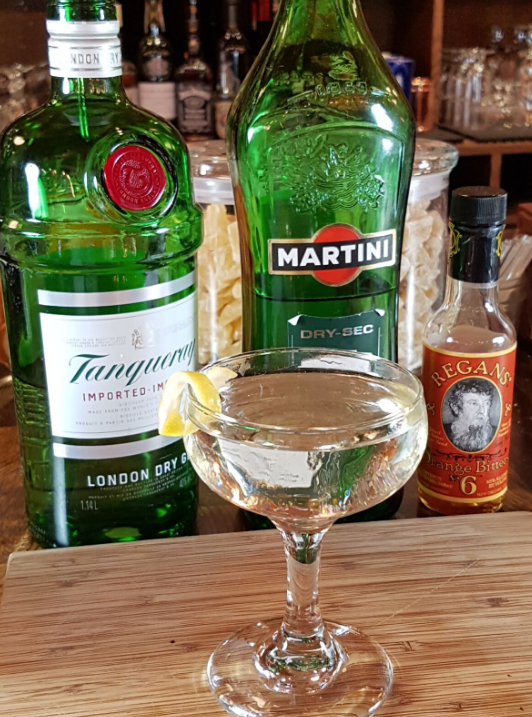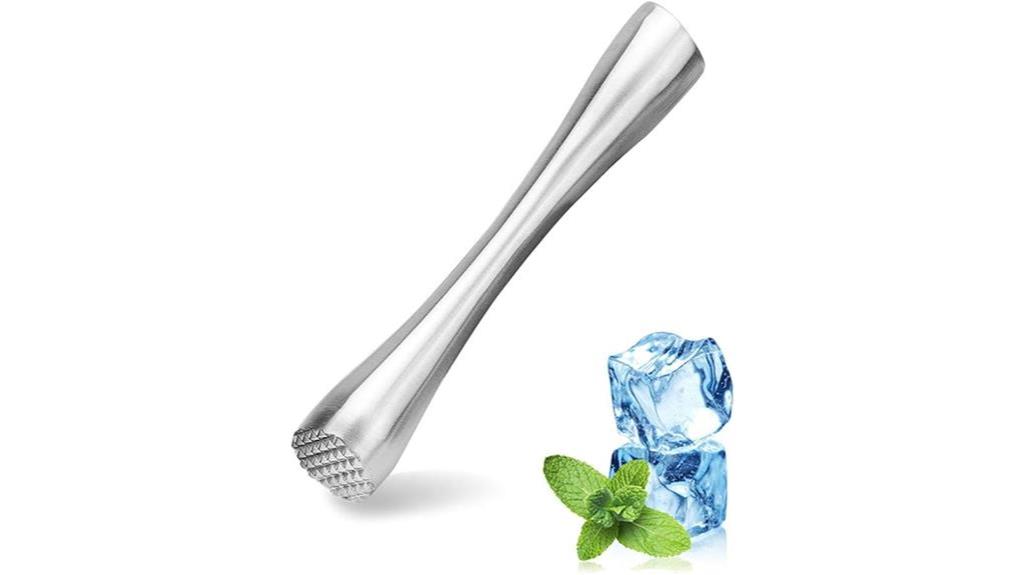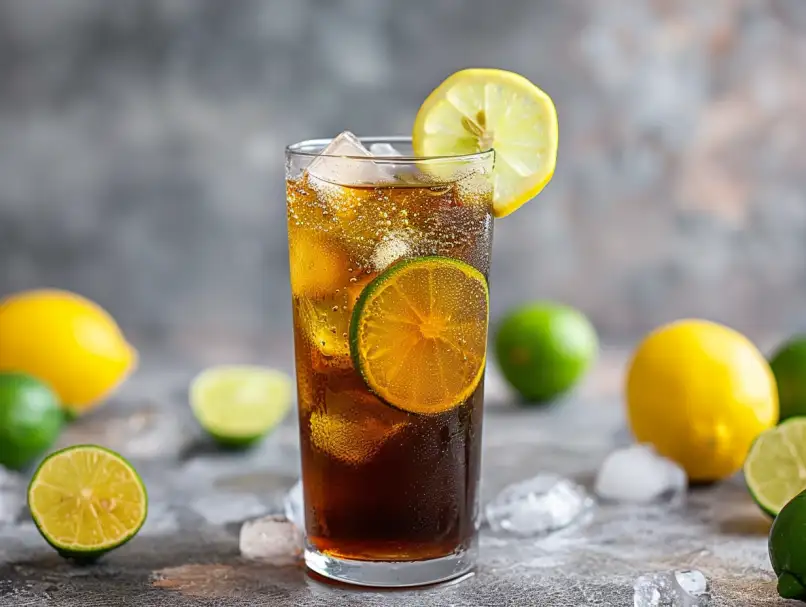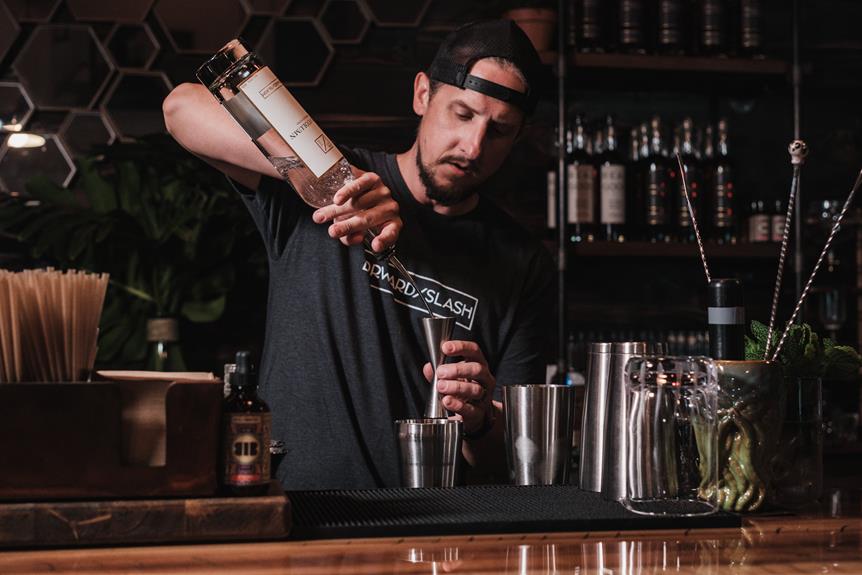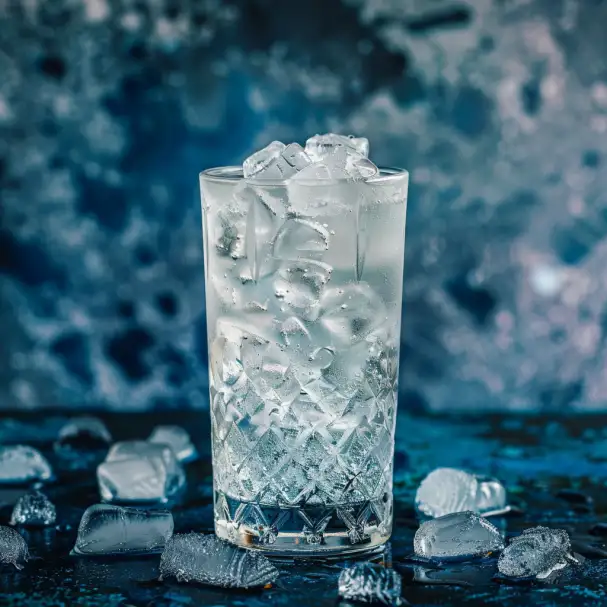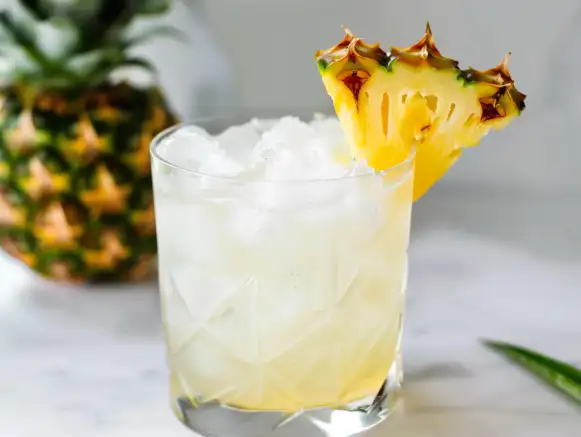How to Make a Proper Martini – Recipe & History
There are 1000s of martini recipes on 1000s of different cocktail sites all over the net. But not many of them give you the background and history of the drink followed by an over the shoulder video tutorial. Knowing the background and history of the cocktails you serve puts you a level above the rest. Since you’re not likely going to be making martinis in too many of the clubs around the world (it’s not really a popular club drink), you’ll most likely be making them while behind the wood at a pub, bar, restaurant or lounge. Places where good conversation can make or break a bartender.
History of the Martini
Watch the history of the martini video below (or read the transcript) and jot down notes about some of the things you learned. Then, next time you serve a martini to one of your customers, whip out your newfound martini knowledge.
[History of the Martini – Transcript]
Nate:
All right. Right now, we’re going to talk about one of the great, great classics of bartending and cocktails. We’re going to talk about the martini. Guys, this is like the Muhammad Ali. This is the pinnacle at which all other cocktails are judged. We’re going to throw down a little bit of history, which Kyle will get into, and then we’re going to talk about techniques and garnishes, and how to order it so when you order it to either a bartender, or you’re taking an order, you know how to give it back to the guest exactly how they wanted it. So, without further ado, let’s get into some history.
Kyle:
Yeah. So, in the early 19th century, a lot of people were drinking a lot of vermouth. And the vermouth that caught the most traction was sweet Italian vermouth. So, what this led to was a cocktail we just called the “vermouth cocktail,” which was simply vermouth, bitters, water in the form of ice most of the time, and a twist.
Kyle:
So, that said, people felt like it was a little too light in terms of alcohol. They wanted more.
Nate:
A little more cojones, right?
Kyle:
Yeah. More cojones. So, they started adding spirits, you name it, whiskey, brandy, gin, which is the case in the martini. So, actually, the first martinis were made with sweet vermouth. That said, towards the end of the 19th century, the spirit of the times shifted from sweet to dry. Drinks, in general, people were wanting dry drinks. In fact, you’d be judged quite harshly for ordering something sweet at some points in our history.
Kyle:
So, this is kind of how the martini evolved. Back in the late 19th century, if you asked for a dry martini, it was just to tell the bartender you wanted dry vermouth and not sweet vermouth. Nowadays, we understand a dry martini to be quite different. That’s probably because the evolution of how people treat their spirits and their vermouth, and the popularity of vermouth throughout the 70s, 80s, and 90s. It was-
Nate:
James Bond. Don’t forget about the James Bond era.
Kyle:
Yeah. James Bond. It wasn’t that popular, so people would have vermouth, which is a fortified wine with a shelf life, on their backbar for years, which-
Nate:
Which oxidizes and it’s crap. You don’t want that.
Kyle:
Yeah, oxidize. Turned crap. So, literally, people were getting a bad taste in their mouth from this vermouth, which is why now we understand a dry vermouth to be something with … Or, sorry. A dry martini to be a cocktail with very little dry vermouth.
Nate:
Mm-hmm (affirmative).
Kyle:
So, that said, you have some theories on why or how people should order these drinks.
Nate:
Well, I don’t want it to be a hard and fast what you should and shouldn’t drink. The martini is about you. I treat it much akin to ordering a steak at a restaurant. You would never just say, “Make me a steak.” “How would you like your steak, sir? Blue-rare, medium, medium-rare? Chicago?”
Nate:
The martini is very much the same. It’s a drink that’s entirely customizable, and within that, there’s a lexicon of a whole bunch of terms that you should know, like burnt, dirty, up, wet, stirred, shaken. These are all terms that will help give to the guest exactly what they want. And with that, there’s also a whole bunch of garnishes that come with it. Everything from a lemon twist to …
Kyle:
Yeah. So, this is another huge component of the martini, are obviously the garnishes. Most popular are obviously lemon twists or olives. That said, you don’t have to garnish a martini with a lemon twist. It could be an orange twist. It could be a grapefruit twist. This is sometimes a great way to express certain characteristics that are inherent in the gin. Or even the vodka you’re using.
Kyle:
You know, right off the top of my head, Beefeater 24 has grapefruit peel steeped right into it. That would be a great gin to garnish with a grapefruit twist.
Nate:
Yeah. Go off the cuff, get some grapefruit, yeah.
Kyle:
Yeah. Also, a little note on olive garnishes. Traditionally, we try odd-
Nate:
Odd numbers.
Kyle:
… numbered garnishes.
Nate:
Even is bad luck, guys.
Kyle:
Yeah, it’s just tradition. And yeah, sort of a superstitious thing. There is one exception, however, in the Gibson martini.
Nate:
The Gibson. Yeah. It’s a funny little story with that one.
Kyle:
Yeah. So, the Gibson was named after the gentleman who created the Gibson Girls. And the theory is you garnish it with two cocktail onions because they represents the boobs-
Nate:
Breasts.
Kyle:
Breasts.
Nate:
We don’t say boobs on-
Kyle:
We don’t say boobs.
Nate:
Breasts.
Kyle:
Breasts, of course. And yeah. So Gibson Girls was just one of the first ever American ideals of feminine beauty. So, it is appropriate.
Nate:
With all these different terms, you’re going to have that knowledge to give to your guest to get that order exactly how they want it. And that’s very important to your guests. Treat it like a steak. Treat it and present it with care, and give it the right garnish.
Nate:
All right. Out of all these terms, we’ve got burnt, shaken, dry, wet, dirty, up, on the rocks. Let’s just go through them, Kyle. Let’s talk about dirty first. What’s dirty in a martini?
Kyle:
Yeah. So, all dirty means is you put in some olive brine, and that can change quite a bit depending on the olive brine you’re using. Some olive brine is really salty, so you want to scale that back to probably, honestly, no more than a quarter of an ounce or so. And then, some olive brine is really light and kind of clean, actually. So, sometimes I’ve even gone up to 3/4 of an ounce of olive brine depending on … You know, you have to taste the olive brine and test for yourself how salty it is.
Nate:
Depends on the spirit as well, guys. Vodka picks up the brine quite easily, so a little bit is probably good, whereas a nice bolstery, juniper-heavy London dry, you can feed it a little bit more.
Kyle:
And then, it terms of twists?
Nate:
Right. So, twists. Your classic martini, you’ve probably seen them with a lemon twist, or a swath, or a slice. That hearkens back to the day of the James Bond, the Vesper. You can also do … Let’s say you have a gin like Beefeater 24 that’s got grapefruit, it’s got Japanese Green Sencha and Seville oranges, maybe you go off the beaten path and do a little grapefruit twist.
Kyle:
Yeah. There’s are also … I mean, you don’t have to just do the sort of typical shoe lace twist. You can make a nice, big swathe and really get all those oils, squeeze out the oils over the drink.
Kyle:
One note of caution. I notice a lot of bartenders will … This is splitting hairs a bit, but I notice a lot of bartenders will kind of rub the rim with the swathe or the twist. I’d just be wary of doing that because what that does is it imparts the bitter qualities right on the edge of the glass.
Nate:
Yeah.
Kyle:
Splitting hairs a bit, but every detail matters. And so, yeah. Just some food for thought there.
Nate:
Okay. Let’s talk about wet versus dry. I mean, it sounds pretty easy, but you’d be amazed at how many people get this confused.
Kyle:
Definitely a point of confusion for a lot of new bartenders. A dry martini, actually, has very little dry vermouth. It seems counterintuitive, and it is.
Nate:
Because you’d think, “Oh, make me a dry.” “Okay, get some dry vermouth in it.” But that’s not the case.
Kyle:
Exactly. That said, it’s not wrong because, originally, that is what a dry martini was. Back in the early 20th century, late 19th century, a dry martini was a good, healthy measure of dry vermouth, sometimes even equal parts dry vermouth to gin or vodka. But the times have changed, and so, we need to deliver a drink to the guest that their palate is expecting and is used to.
Nate:
Mm-hmm (affirmative).
Kyle:
A wet martini, on the other hand, is a lot of vermouth.
Nate:
Giddy up. Just get in there with the vermouth.
Kyle:
Yeah.
Nate:
That means the person … Assuming you keep your vermouth properly and it’s not oxidized, this can be a really nice way to enjoy a martini. In fact, one of the common ways of doing this is the 50/50, which uses equal parts. And it’s delicious. You do a little bit of orange bitters, maybe an orange twist or a lemon twist. It’s lovely.
Kyle:
50/50 martini, since we’re talking about it, also known as the Pre-Prohibition Martini because that actually was the … More than likely, that was the original proportions of gin to vermouth, whether it was sweet or dry. It was probably half and half. So, one and a half ounces of gin to one and a half ounces of vermouth. And Nate’s absolutely right, in all likelihood, they probably put in a couple dashes of orange bitters.
Nate:
Some bitters. Cocktail bitters.
Kyle:
Yeah.
Nate:
Let’s talk about up versus on the rocks. Up simply means you stir it and you chill it neat without ice. And then, rocks, self explanatory, guys. People like their Manhattan or martini on the rocks, just put it in a little rocks glass on ice. You can still keep the garnish, do a little twist, but it just simply means on the rocks.
Nate:
Let’s get into burnt. This is a big one. A lot of people like it. It’s really cool. I like getting these drink orders myself. Burnt simply means you take a little bit of scotch … Use a nice, smoky scotch, and you’re really going to coat that chilled glass, and then you’re going to discard it. And that’s going to impact this lovely nose, and just change the complexion of the martini a little bit.
Nate:
Do you have any recommendations, Kyle? What do you think for scotches? What would you like to use usually?
Kyle:
I really like to use Johnny Walker Black.
Nate:
That’s great.
Kyle:
I think you’re absolutely right with a nice smoky scotch. And Johnny Walker Black is perfect. It’s not super expensive, but it does have Talisker in it. It has Cardhu and-
Nate:
A little bit of Lagavulin.
Kyle:
… even Lagavulin. So, those are a couple of fairly smoky scotches. One service tip we often like to do is we’ll coat that glass with a scotch, and then we’ll put it in a little glass and actually serve that to the guest alongside their martini.
Nate:
Yeah. It’s a nice little treat for them.
Kyle:
It’s a nice touch, and they can see that you know what you’re doing, and of course, they appreciate a little added value.
Martini Recipe Over the Shoulder Video Tutorial
Martini Recipe
2 oz (60ml) London Dry Gin
1 oz (30ml) Vermouth
2-3 Dashes Orange Bitters
Martini Glass
[Martini Recipe Transcript]
We’re going to start with our smallest ingredient first. In this case, Gary Regan’s orange bitters. These are lovely orange bitters. They have orange peel, coriander, caraway, cardamom, and other bittering agents. Just a couple drops of that. Next up, we’re going to add our dry vermouth. One ounce of a nice dry vermouth. In this case, we’re using Martini. The martini in general, the cocktail that is, is a great, great drink to experiment with spirits, so if you can be adventurous. The same goes for your gin. We use Tanqueray in this case, we love using Tanqueray as a well gin because we find it to be one of the most versatile gins out there. Works super well in a spirit driven cocktail like this martini. Would work great in any other kind of refreshing cocktail as well, say a Corpse Reviver Number 2 or a White Lady.
We’re going to stir this. We stir this because we want to create a velvety, unctuous mouth feel, and stirring allows us to maintain the integrity of the ingredients as much as possible whereas when you shake, you actually impart little air bubbles, and you actually thin out the texture of the drink ever so slightly.
We’re then going to strain this into the cocktail glass. Again, we want to be gentle and we don’t want a long pour this or get too fancy because that would defeat the purpose of having stirred the cocktail. Then we’re going to express the oils of the citrus over the cocktail. We slowed this down a bit, so you can see just how many oils are actually coming out of the citrus over the drink. And then we’re just going to wrap our twist around, make it pretty.
Here’s a collection of different types of martini recipes (that you will see get ordered in clubs).
Cheers!

